
Global health security impacts us all and without the Global Health Security Agenda (GHSA), we may see an increase in global public health crises.

Global health security impacts us all and without the Global Health Security Agenda (GHSA), we may see an increase in global public health crises.

The US Food and Drug Administration approved Mavyret for adults with chronic hepatitis C virus (HCV) genotypes 1-6 without cirrhosis or with mild cirrhosis.
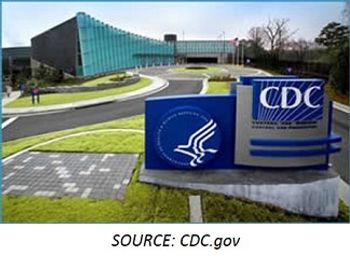
The Centers for Disease Control and Prevention (CDC) is providing local agencies with a boost—in the form of $200 million—to improve surveillance, laboratory diagnostic capabilities, and outbreak response.

A recent study showed that most migrants to European countries acquired their HIV infections in their host countries, particularly those from Latin America and the Caribbean.

The latest World Health Organization report points to high MERS transmission risk in hospitals.

A recent study finds that HBV reactivation occurs earlier and is more severe in HBV/HCV coinfected patients treated with DAA therapy compared with patients treated with IFN-based therapy.
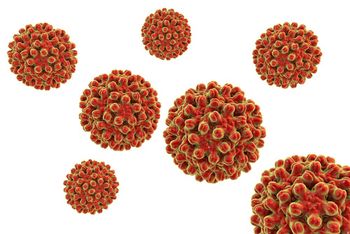
In a 12-1 vote, the FDA’s Vaccines and Related Biological Products Advisory Committee supported the safety data of a new potential hepatitis B vaccine.
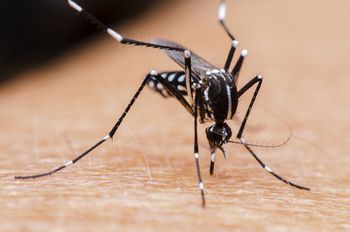
Researchers from the University of Florida recently made an interesting discovery about the mosquitoes in the state.
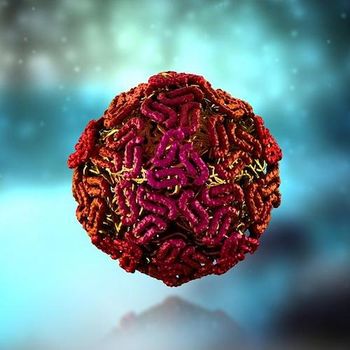
As Colorado reports its second human case of West Nile virus of the season, local health officials around the country are reporting new cases of West Nile-positive mosquitoes, emphasizing the importance of vector control.

Some 90% of healthcare organizations represented in one study had experienced a data breach in the past 2 years alone.

With more parents opting for non-medical exemptions from vaccination in some states, a new study highlights the health and financial costs of even small reductions in vaccination rates.

The relationship between temperature and incidence of surgical site infections, progress towards an HIV vaccine, the cleanliness of your stethoscope, an explanation on how infection rates at Stanford Hospital are a canary in a coal mine, and an interactive visual map that depicts the HIV epidemic in the United States, make up the Top 5 news articles for the month of July 2017.

After Italy’s parliamentary decision to mandate vaccines, France health officials follow suit, requiring parents to vaccinate their children against 11 common illnesses starting in 2018.

A new study published in the Journal of Hepatology evaluates the risk of HBV reactivation in veterans receiving direct-acting antiviral therapy.

The CDC has updated interim guidance for healthcare providers who are caring for pregnant women with potential exposure to Zika virus.

Introducing HIV screening in primary care offices has the potential to save lives and decrease the costs associated with treatment by increasing rates of early diagnosis.

Researchers from Washington University, in St. Louis, find correlations between specific groups of intestinal viruses and the risk of type 1 diabetes.
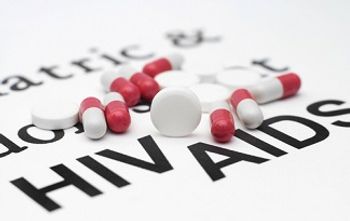
In a recent editorial, Matthew Barnhart MD, MPH, medical officer for the US Agency for International Development (USAID) explored 5 new HIV drugs that are in the pipeline.

Contagion® covered the 9th International AIDS Conference on HIV Science this week and much of the research presented at the conference made this week’s Top 5. Topics include: the successful use of oral Truvada in adolescents, a new long-acting two-drug injectable HIV regimen, and a closer look at humanized monoclonal antibody PRO 140 for HIV treatment. Additional Top 5 articles include coverage from the Biodefense World Summit, and lack of infant immunizations across the world.
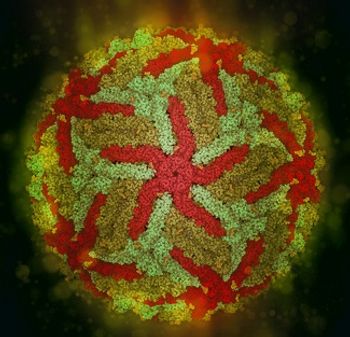
Differences in the clinical presentations of ZIKV infection which are occurring in different parts of the world might be an obstacle to setting a case definition that is good for use in all areas.

With summer in full swing, the Centers for Disease Control and Prevention offers tips to prevent catching recreational water illnesses from pathogens such as Cryptosporidium, Escherichia coli, Giardia, Shigella, and norovirus.

Data gleaned from a new study suggests that drug-resistant “superbugs” are not necessarily out-competing other strains.

As the case count grows in a multistate Salmonella outbreak, health officials work to pinpoint the exact point of contamination in the Maradol papayas supply chain.
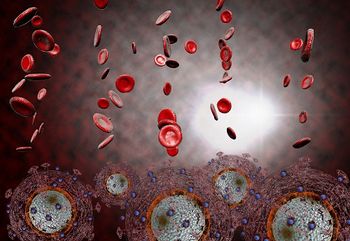
Nader Pourhassan, PHD, president and chief executive officer of CytoDyn, the biotechnology company that acquired PRO 140, offers insight into the antibody as treatment for HIV.

Due to concerns that the use of PrEP might hinder clinicians from detecting HIV in infected individuals or lead to the development of resistant strains of HIV, scientists studied how PrEP affects seroconversion after HIV is acquired.
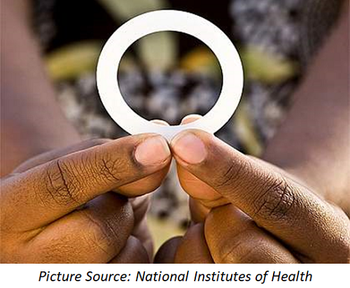
A phase 2a clinical trial has found the dapivirine vaginal ring to be a safe and acceptable means for HIV prevention in adolescents, who showed notably high adherence when using the ring.

Recent research coming in from Weill Cornell Medicine/Memorial Sloan Kettering suggests that a possible cure for Zika virus may be hiding in plain sight.
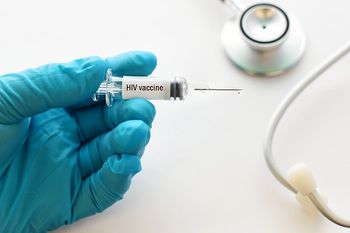
The NIH has released the findings of the first of 2 early-stage clinical trials on assessing the safety and effectiveness of HIV candidate vaccinations that support additional development of vaccines.

As the IAS Conference on HIV Science wraps up this week, this Public Health Watch report takes a closer look at the challenges that remain when it comes to treating HIV.